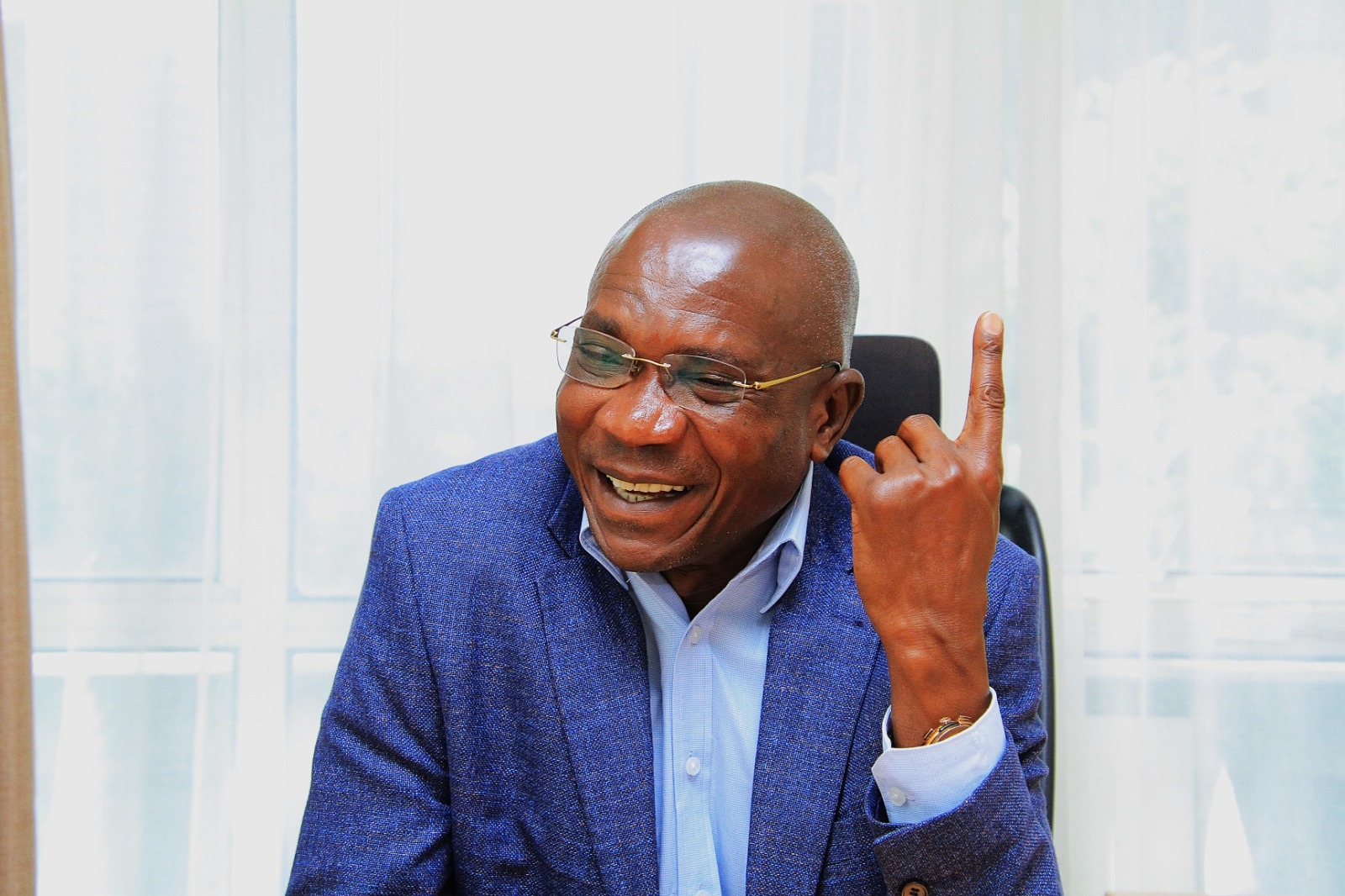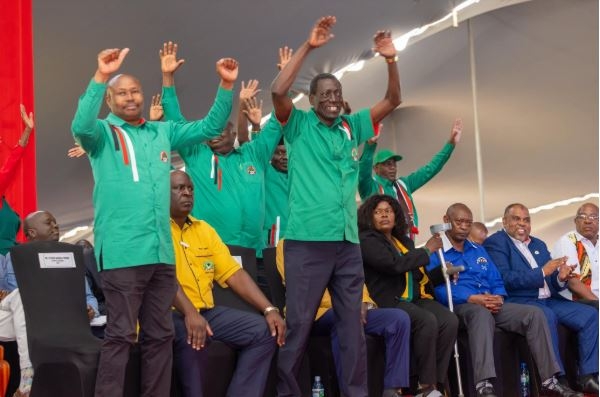
In the past month, I have moved through four very different conference worlds: the Africa Startup Festival in Nairobi, the Africa Tech Festival in Cape Town, the KNH/UoN School of Medicine Scientific conference and the second cancer research symposium at Kenyatta University.
The range from health tech to clinical science to oncology research offered a chance to observe how ideas circulate across sectors and how unevenly they land when they return to the realities we work in.
It was an unusual month, not because the events themselves were
extraordinary, but because seeing them back-to-back revealed patterns that are
easy to miss when they occur in isolation.
One thing became clear. Ideas travel easily. Implementation does not.
At the Africa Tech Festival, the optimism was almost contagious. Panels showcased AI-enabled diagnostics, cloud-based hospital systems, remote surgical planning and venture-backed digital health platforms. These were bold and often inspiring conversations, but many of the models assumed a level of digital maturity that most African public hospitals simply do not have.
Reliable connectivity, integrated records and reimbursement pathways cannot be wished into existence. The innovation was not the problem. The assumptions were.
The local scientific meetings told a different story altogether. At the KNH/UoN meeting, clinicians presented work firmly rooted in the daily realities of care: stock-outs of essential supplies, delayed referrals, inconsistent insurance processes and the persistent friction that comes from navigating a system built on scarcity rather than redundancy.
The cancer research symposium extended this conversation with genomic discoveries and advanced modelling. The science was strong, but it highlighted a stubborn tension.
How do you apply high-level findings in a system where many patients still struggle to access basic pathology? How does a genomic insight help when the diagnostic pipeline before it remains fractured? These sessions made something very clear. The science may be global. The enabling systems are not.
A WHO technical review once estimated that fewer than 20 per
cent of recommendations emerging from global health convenings are implemented
in low- and middle-income countries. That statistic carries weight because it
mirrors what many of us experience in practice. The conversation often happens
at one altitude. The constraints operate at another. The gap between the two is
where many promising ideas eventually collapse.
A moment in Cape Town captured this tension clearly. A panel unveiled an elegant AI-driven oncology coordination system. It relied on real-time data sharing, a unified electronic medical record, stable connectivity and clear reimbursement flows.
The technology itself was sound,
and the presenters were convincing, but for many clinicians from the continent
the first question was not about the model’s accuracy. It was whether the
supporting infrastructure exists in the first place. It was a reminder that
sophisticated solutions can become irrelevant if the system they enter cannot
support their weight.
At the cancer research symposium, I presented on practical research we are doing with AI, both for the production of prosthetics and in bone cancer screening. In addition, at the KNH/UoN conference, I presented on a system change or business process re-organisation that we implemented at KNH, transitioning from a general orthopaedic unit to a sub-speciality-based one and examining its effect on the quality of training for surgical residents.
These
projects are not super elegant, but they work, and together they illustrate
something important: context-aware ideas travel further than perfected ideas
designed for other ecosystems.
That experience opened my eyes to something I had not articulated before. The most useful work happening in our environment is often not the most polished.
It is the work that accepts our limitations as a design
constraint rather than an obstacle. It is the work that grows out of lived experience
rather than borrowed frameworks. It is the work that understands that progress
in our health systems is rarely linear and almost never glamorous.
This is the quiet truth most conferences reveal when you attend enough of them. The usefulness of any idea depends on its ability to survive contact with reality. And the reality in African health systems is shaped as much by constraints as by ambition. Implementation is not a final step. It is the filter through which every promising idea must pass.
What these conferences offered me this month was not a catalogue of solutions, but a clearer understanding of the questions that actually matter. Which ideas can be adapted? Which require reinvention? Which are impossible for now? And which problems force us to think differently altogether? These are not questions that keynote speakers usually answer. They are the questions that sit quietly in your mind as you return to your clinic, your laboratory, or your workstation the next day.
Moving from Nairobi to Cape Town and back, listening to both global visions and local frustrations, I was reminded that the distance between a global insight and a local solution is not evidence of failure. It is simply a gap that must be understood before it can be bridged. Ideas are the easy part. Systems are the hard part. The work of strengthening those systems rarely happens in the spotlight.
If these gatherings have value, it is in sharpening that awareness. The work begins afterwards, in the slow and often invisible process of testing what fits, discarding what does not and shaping what might. Conferences can illuminate the landscape. They cannot walk the terrain for us.















